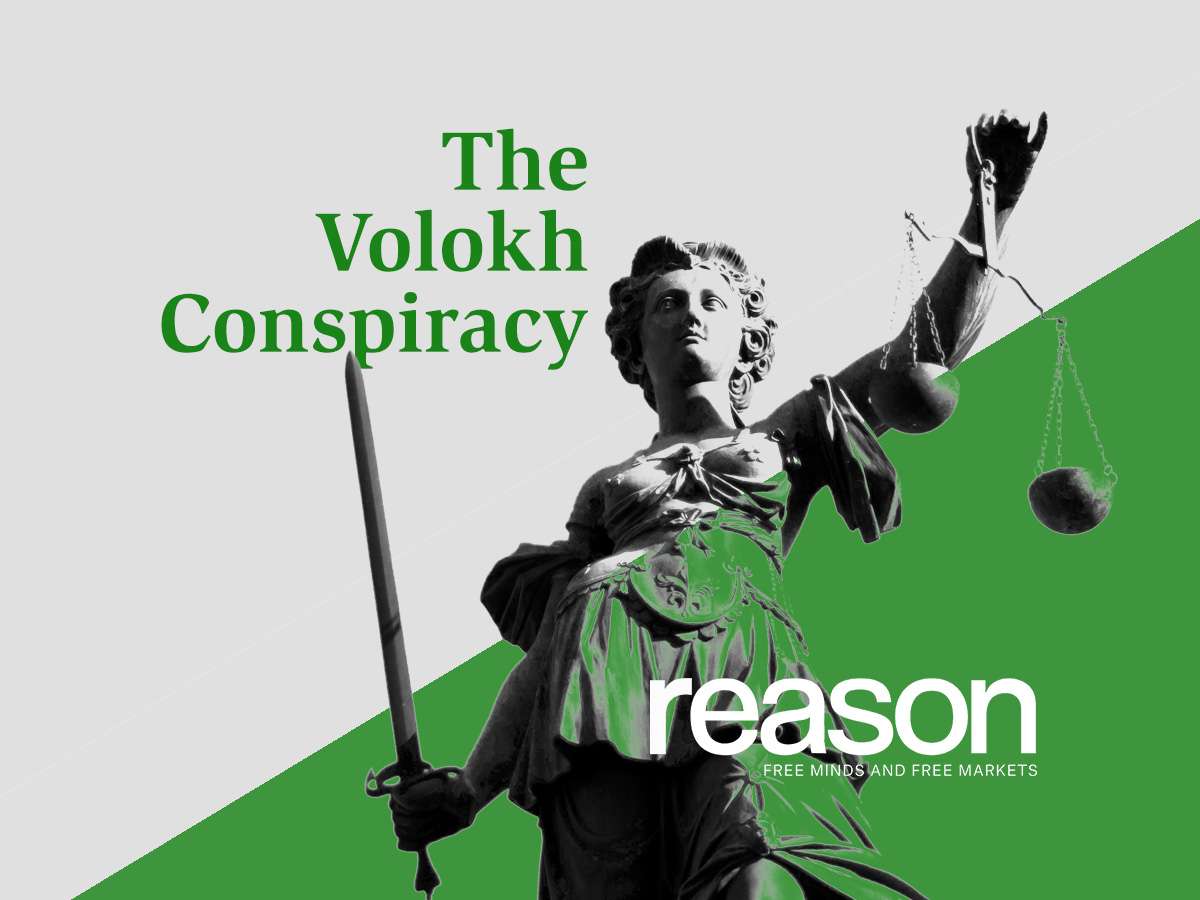Prof. Jamal Greene, “Government Counterspeech”
[ad_1]
The article is Here’s how to get in touch with usIntroduction
We are awash with lies. Misinformation has been around for a long time, but social media and the level of political polarization that exists in the United States, as well as elsewhere, has allowed falsehoods and misinformation to be amplified and monetized. They can also be microtargeted and spread across the globe at an unprecedented rate. The consequences are grave for democracy, social harmony, and public health.
For many reasons, misinformation is a major challenge for content moderators on social media and other platforms. The fact that misinformation is often difficult to define or controversial, means that policing misinformation could chill political speech. It can also be difficult to remove or counter as quickly as it spreads. Government regulation of false information raises concerns because public officials can be especially susceptible to political bias, and because even outright lying is protected by the Constitution.
Counterspeech is the orthodox U.S. Constitutional response to harmful speech including false speech. As Justice Brandeis stated in his canonical concurrence in Whitney v. California, “[i]”If there is enough time to expose the falsehoods and fallacies in order to prevent the evil through education, the remedy that should be applied is more talk, not silence enforced.” The idea that corrective speech should be preferred to censorship is in line with Justice Holmes famous comment that “the most important test of truth is how well a thought can compete in the marketplace.” Holmes’ aphorism has been proven to be absurd in the digital age, but his prediction was correct.[t]At any rate, this is the theory behind our Constitution.” So it is.
There are reasons to believe that the U.S. Constitution may not allow as much room for counterspeech, as the misinformation issue demands. Arizona had a law that allowed candidates for state offices to receive state matching funds in proportion to the amount spent by privately-financed opponents or their independent supporters. This law was in place before 2011. The law was successfully challenged on the grounds that it violated the First Amendment. Rather than treat the additional spending as a form of government speech—and, in this case, counterspeech—that the government could direct as it pleased, the Supreme Court treated the government as impermissibly punishing the speech of the privately financed candidate.
Arizona case taken seriously Arizona Free Enterprise Fund Freedom Club PAC v. BennettThe phrase seems to imply the government cannot use its resources to discredit or counter the speech of private speakers. The idea that the government should adopt a neutral position toward competing ideas could be found in Justice Jackson’s famous statement that “no official, no matter how high or small, can prescribe what is orthodox in politics or religion or in matters of opinion” as the most fixed star of the American constitutional constellation. Likewise, the Supreme Court stated outright that the “Free Speech Clause” in the First Amendment does not limit government speech. One line of Supreme Court doctrine views government counterspeech, for example, as unconstrained government speech or as propaganda that is not allowed.
It is important to resolve the apparent tension between the two doctrinal perspectives in order to assess the range of possible solutions to the misinformation problem. Some of the best ways to address misinformation involve using public resources. Ethan Zuckerman, for example, has proposed that government tax digital advertising in order to support independent and public-service digital media. Others have advocated the application of the now-defunct Fairness Doctrine to counter low-value or false speech on internet platforms. Does the First Amendment allow the government to use their own speech to tell a private individual’s speech that it is wrong or to direct others in the same way? If so, under what conditions and restrictions can it do this?
To answer these questions satisfactorily, it is necessary to assess the constitutional status of government propagandists. Propaganda has a bad reputation, but the government engages in it on a daily basis, from press conferences, to public school curriculums, to campaigns promoting policy positions or industries. Even if governments spend resources to do this, it is not illegal for them to promote the political views of their public officials. At the same time, it is easy to imagine purely partisan or self-regarding instances of government speech—propaganda, that is—that would be so abusive as to exceed reasonable limits on state power.
As I explain below, determining whether a government speech is permissible or not requires a functional assessment that takes into account several factors, including: the purpose, the degree of separation between the “private” speeches of public officials, the transparency of its source, the availability of other information channels, its electoral implications, and what I refer to as the “generality”, or the degree to the speech is directed at specific individuals or identity groups. Government speech does not need to be neutral—how could it be?—but it ideally should not be Personal Trainer.
It would be fair for one to object that this type of “totality of circumstances” investigation is impossible for judges to manage. This may be the case, but there is still a way to make these principles useful. Judges could, for example use these factors to help shape existing First Amendment categories. Of course, the judges do not have to be the audience. Even without judicial review it is important to establish public morality principles that constrain and motivate government officials. Even when judicial review is appropriate for a given situation, the political development of these principles should normally precede judicial involvement, and shape judicial power.
More broadly, focusing the inquiry on questions of justiciability tends further to reinforce the pernicious belief that the appropriateness and effectiveness of government speech is determined by whether or not it infringes upon the rights of an objectioning listener. As the Arizona case shows, we’ve come to understand the right to free speech through the “pathological view” that Vince Blasi famously described, whereby the measure of the right is the dystopian society that would result from its willful abuse by government officials. This is a big mistake. Governance can be a pathology in both directions. We should pay as much attention as possible to the types of constitutional norms required to make government work as well as to those needed to avoid tyranny.
[ad_2]


